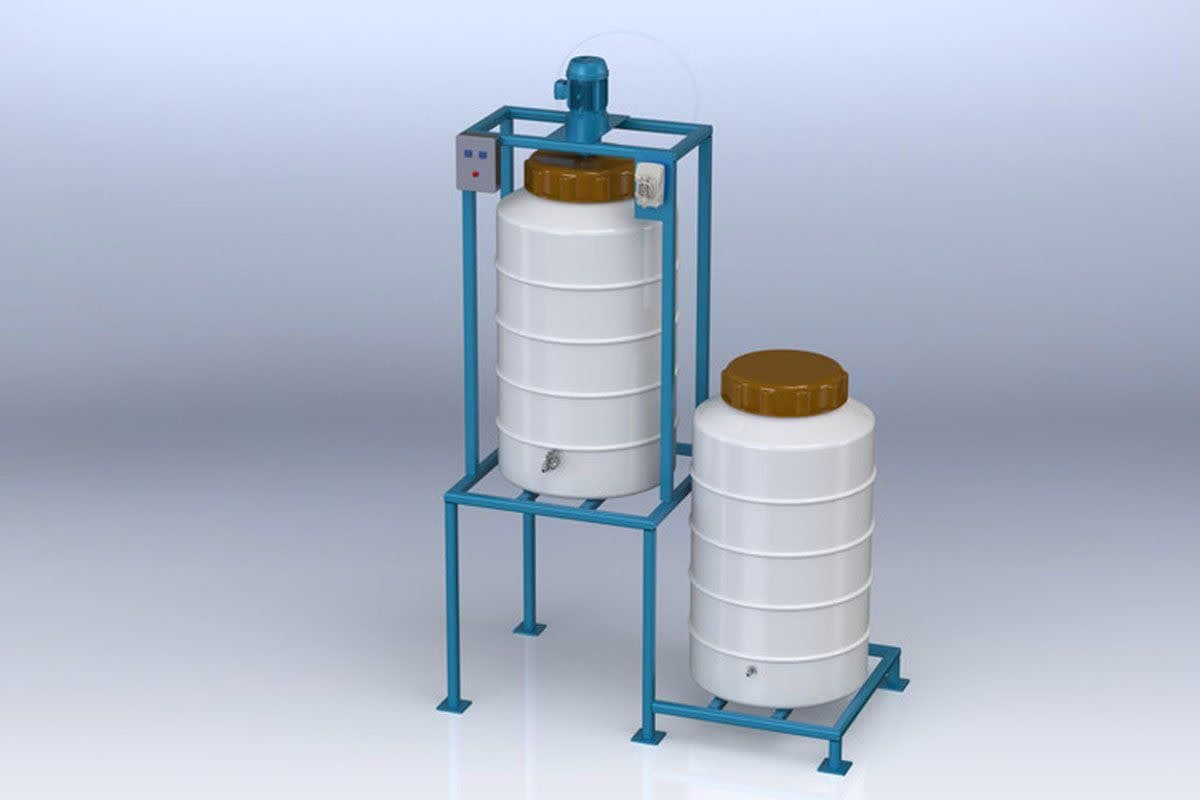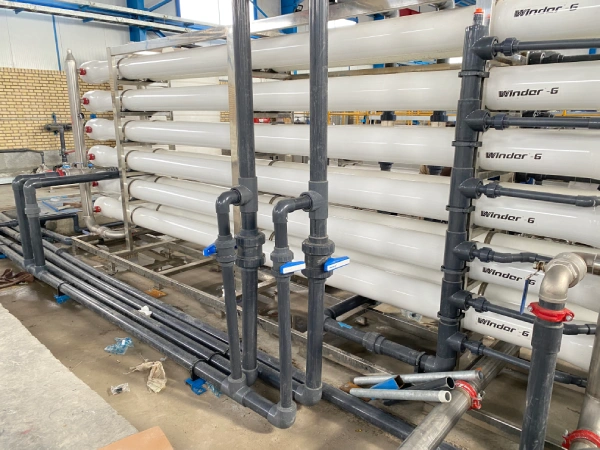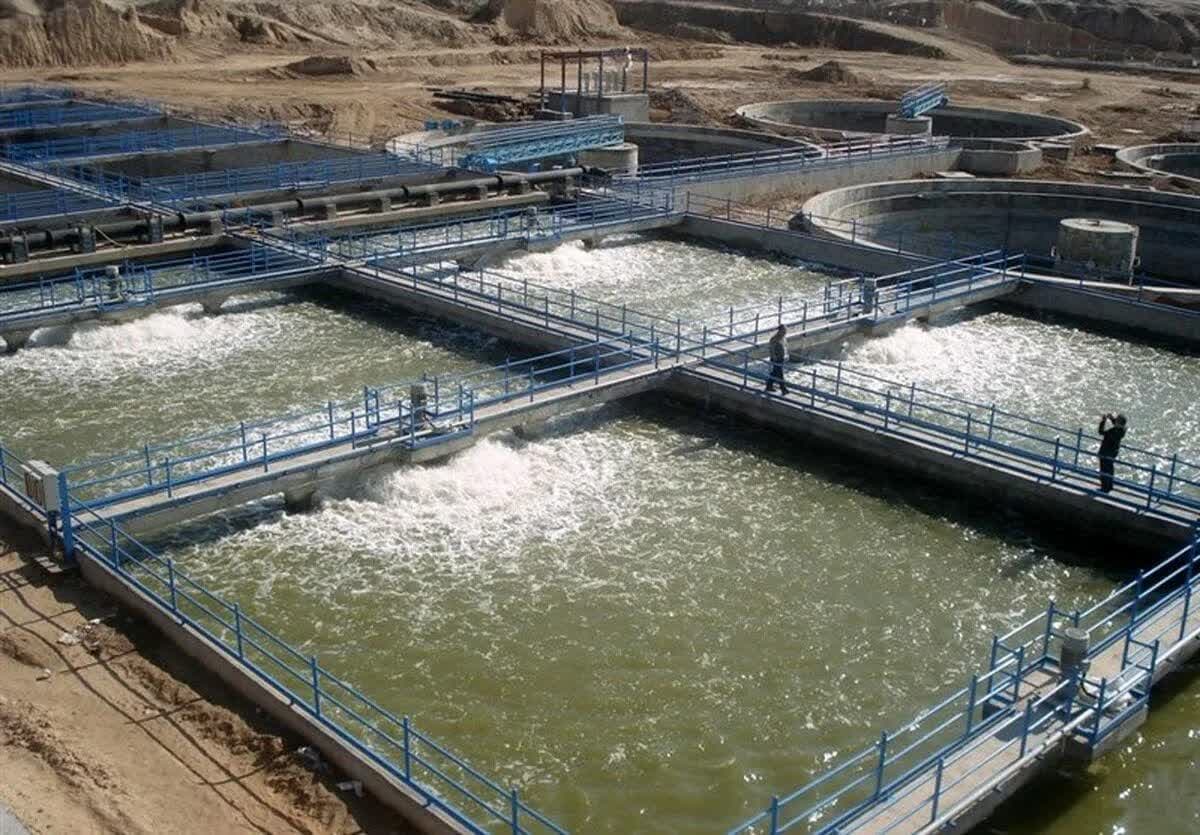Application of Chlorination Systems in Water and Wastewater Treatment
Chlorination is one of the most widely used and effective methods for disinfecting both drinking water and wastewater. It involves the addition of chlorine or chlorine-based compounds to the water to kill or inactivate harmful microorganisms, such as bacteria, viruses, and protozoa, ensuring the safety and quality of the treated water.
1. Chlorination in Drinking Water Treatment
In drinking water treatment, chlorination is primarily used for two purposes: disinfection and maintaining a residual chlorine level in the distribution system. The key stages of chlorination in drinking water treatment are:
- Primary Disinfection: Chlorine is added to the water at the treatment plant to eliminate pathogens and microorganisms that may cause diseases like cholera, typhoid, and dysentery. Chlorine is effective in killing a broad range of harmful organisms, ensuring the water is safe to drink.
- Maintaining Residual Chlorine: After disinfection, a small amount of chlorine is retained in the water to provide residual protection as the water travels through the distribution pipes. This helps to prevent microbial contamination during transportation and ensures the water remains safe until it reaches consumers.
Chlorination can be carried out using different forms of chlorine, such as chlorine gas (Cl₂), sodium hypochlorite (NaOCl), or calcium hypochlorite (Ca(OCl)₂), depending on factors like the scale of treatment, safety considerations, and local regulations.
2. Chlorination in Wastewater Treatment
In wastewater treatment, chlorination is used to disinfect treated effluent before it is released into the environment or reused. The process helps in reducing the microbial load and ensuring that harmful pathogens do not contaminate receiving bodies of water, thereby protecting public health and ecosystems.
- Disinfection of Effluent: Chlorine is added to the final treated wastewater, typically after secondary treatment (biological treatment), to eliminate any remaining pathogens that could pose a health risk. The treated water is then monitored to ensure that chlorine levels are within permissible limits before discharge.
- Odor Control: Chlorine can also be used in wastewater treatment plants to control odors, particularly in the treatment of raw sewage or in facilities dealing with high organic loads. The strong oxidizing properties of chlorine help neutralize unpleasant smells.
Advantages of Chlorination
- Effective Disinfection: Chlorine is highly effective at killing a wide range of harmful microorganisms, including bacteria, viruses, and parasites.
- Residual Protection: Chlorine maintains a residual effect in the water distribution system, providing ongoing protection against recontamination.
- Cost-Effective: Chlorination is relatively inexpensive and easy to implement, making it an attractive option for water and wastewater treatment plants of all sizes.
- Proven Technology: Chlorination has been used for over a century and is well-understood, with established guidelines and practices for safe and effective use.
Challenges and Considerations
- Formation of Disinfection Byproducts (DBPs): When chlorine reacts with organic matter in the water, it can form potentially harmful byproducts such as trihalomethanes (THMs) and haloacetic acids (HAAs). Therefore, careful monitoring and control of chlorine dosage are necessary to minimize DBP formation.
- Chlorine Residual Management: In both water and wastewater treatment, it is important to manage chlorine residuals effectively. Too much chlorine can lead to toxicity, while too little may not provide adequate disinfection.
- Environmental Impact: In wastewater treatment, it is essential to dechlorinate the treated effluent before discharge to prevent harm to aquatic life. This can be done by adding sodium bisulfite or using other dechlorination methods.
Conclusion
Chlorination remains a cornerstone in the field of water and wastewater treatment due to its effectiveness in disinfection and the simplicity of its application. When properly managed, chlorination ensures that water is safe for consumption and that wastewater is free from harmful pathogens before it is released back into the environment. Despite some challenges, such as the formation of disinfection byproducts, chlorination continues to be an essential tool in safeguarding public health and the environment.













